Karahantepe, the prominent Neolithic site in Türkiye’s Şanlıurfa city and one of the world’s oldest archaeological sites, will receive roof protection. The protective canopy will be constructed as part of Türkiye’s ‘Legacy for the Future’ project, launched by the Ministry of Culture and Tourism to spread excavation and restoration work throughout four seasons across the country. The project’s latest roof initiative will conserve Karahantepe’s millennia-old heritage, ensuring its sustainable preservation for the next generations.
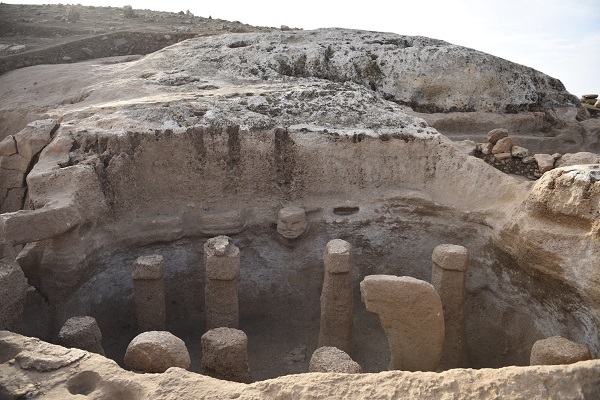
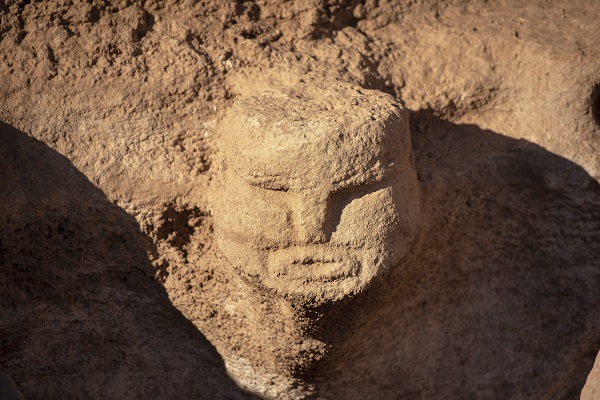
The roof work, which will cover approximately 5,000 square metres, is designed to protect the historical site from environmental conditions. The roof’s wavy form offers an organic harmony with the terrain while increasing the interior comfort with openings that provide natural ventilation. The modular construction will additionally preserve the excavation site’s unique character by minimising the number of columns and thus balancing aesthetic and functional considerations. In addition, the design will allow flexibility for future expansions, growth and adaptation as further excavations continue.
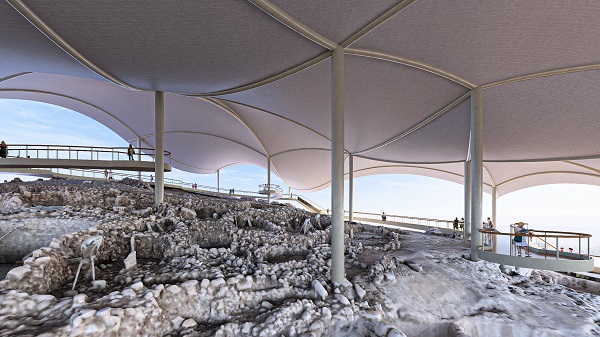
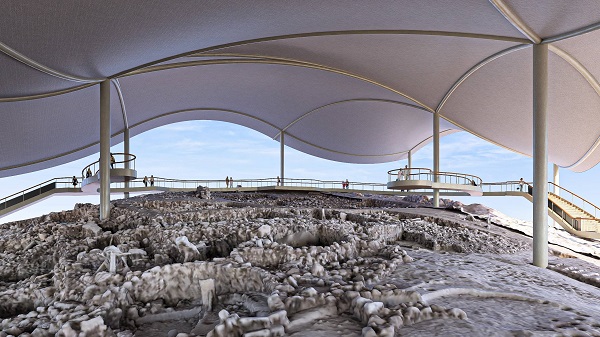
Karahantepe: Revealing the Mysteries of Prehistoric Civilisations
Karahantepe, dating back to the 9th millennium BC, has been excavated within the scope of the Taş Tepeler (Stone Mounds), one of Türkiye’s significant excavation projects ensuring the sustainability of its cultural heritage. Taş Tepeler refers to a region in and around Şanlıurfa, where larger Neolithic communities established permanent settlements and built monumental structures for special purposes. The area includes numerous sites, such as Sayburç, Sefertepe, Harbetsuvan Tepesi, Gürcütepe, Çakmaktepe, Medik, Kurttepesi, Taşlıtepe, Ayanlar, Yoğunburç, and Yeni Mahalle, alongside their most renowned counterparts – Göbeklitepe, a UNESCO World Heritage Site believed to be one of the world’s earliest monumental settlements, and Karahantepe. Excavations are currently underway at nine sites within the project.
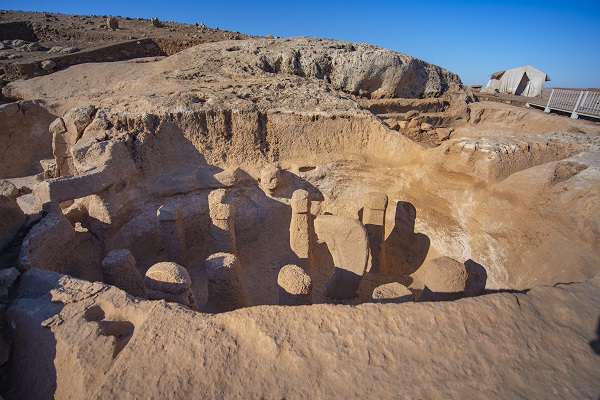
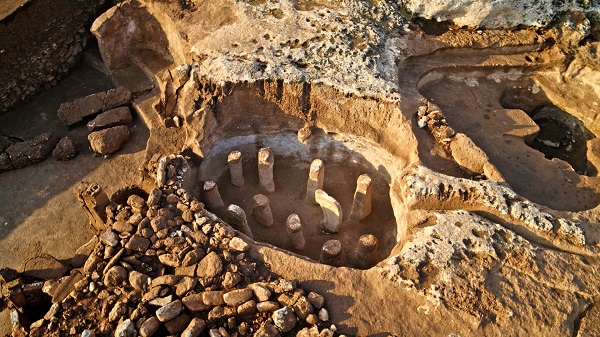
The ongoing work in Karahantepe, where hundreds of standing stones are visible on the surface, has yielded outstanding archaeological findings, including public structures adorned with human and animal statues and monumental structures similar to those found at Göbeklitepe. Most recently, a carving of a wild donkey in motion, discovered last summer, further underscored the site’s historical significance. Thanks to such remarkable discoveries, Karahantepe was also selected as one of the nine most important “Field Exploration and Research” projects of 2023 at the Shanghai Archaeology Forum in China. ///nCa, 28 March 2025 (in cooperation with the Embassy of Turkiye to Turkmenistan)
